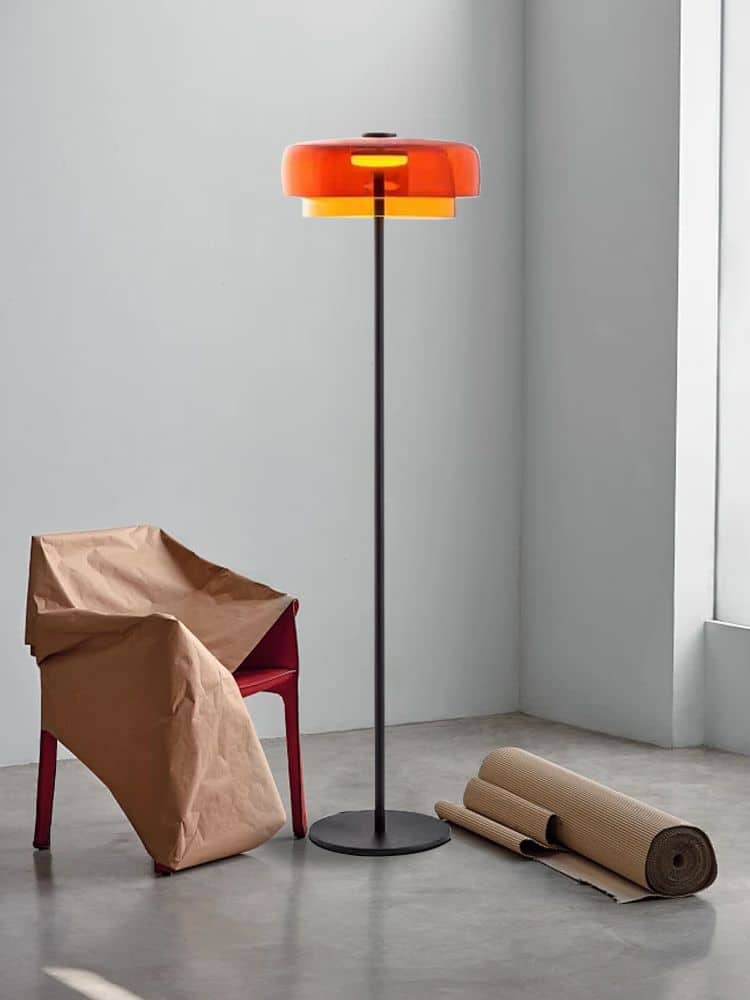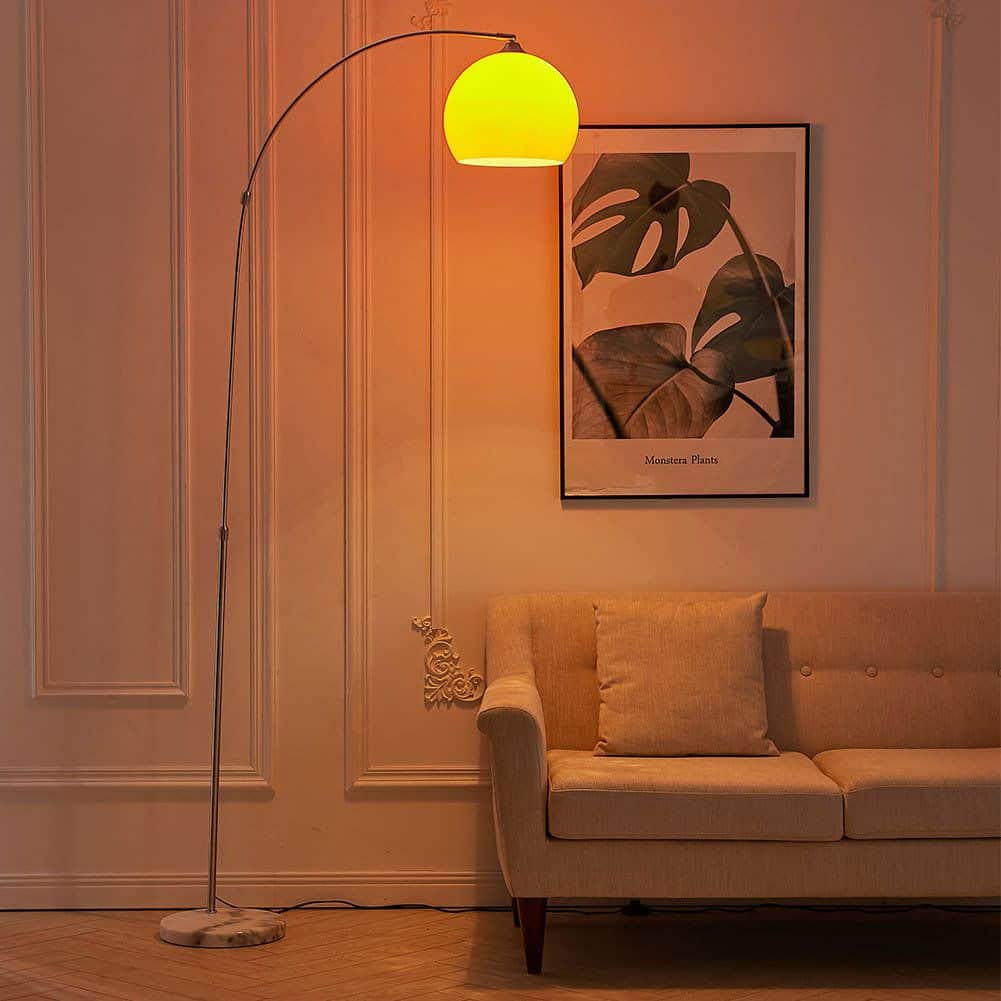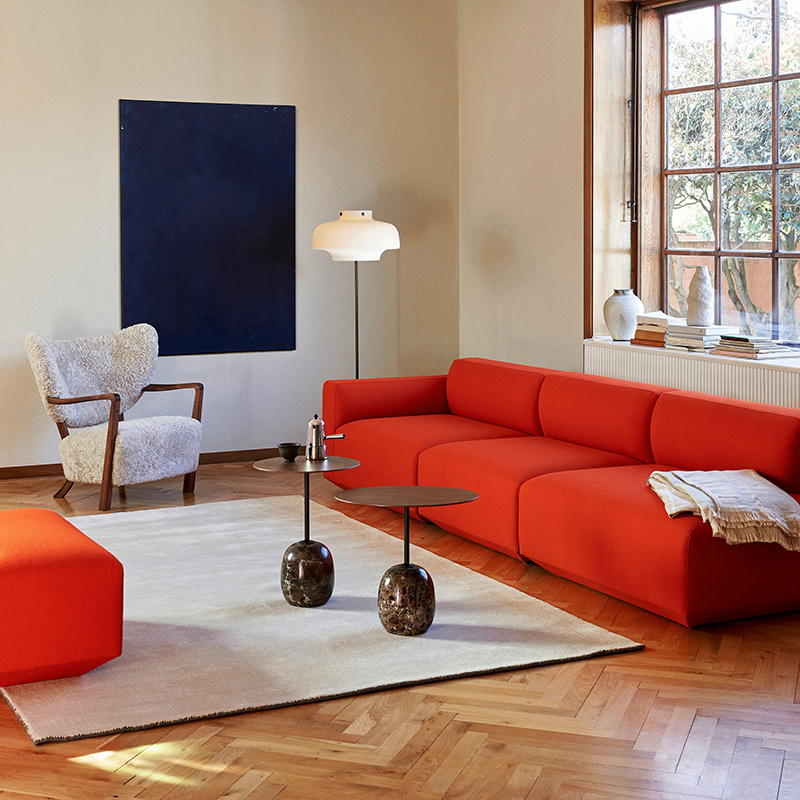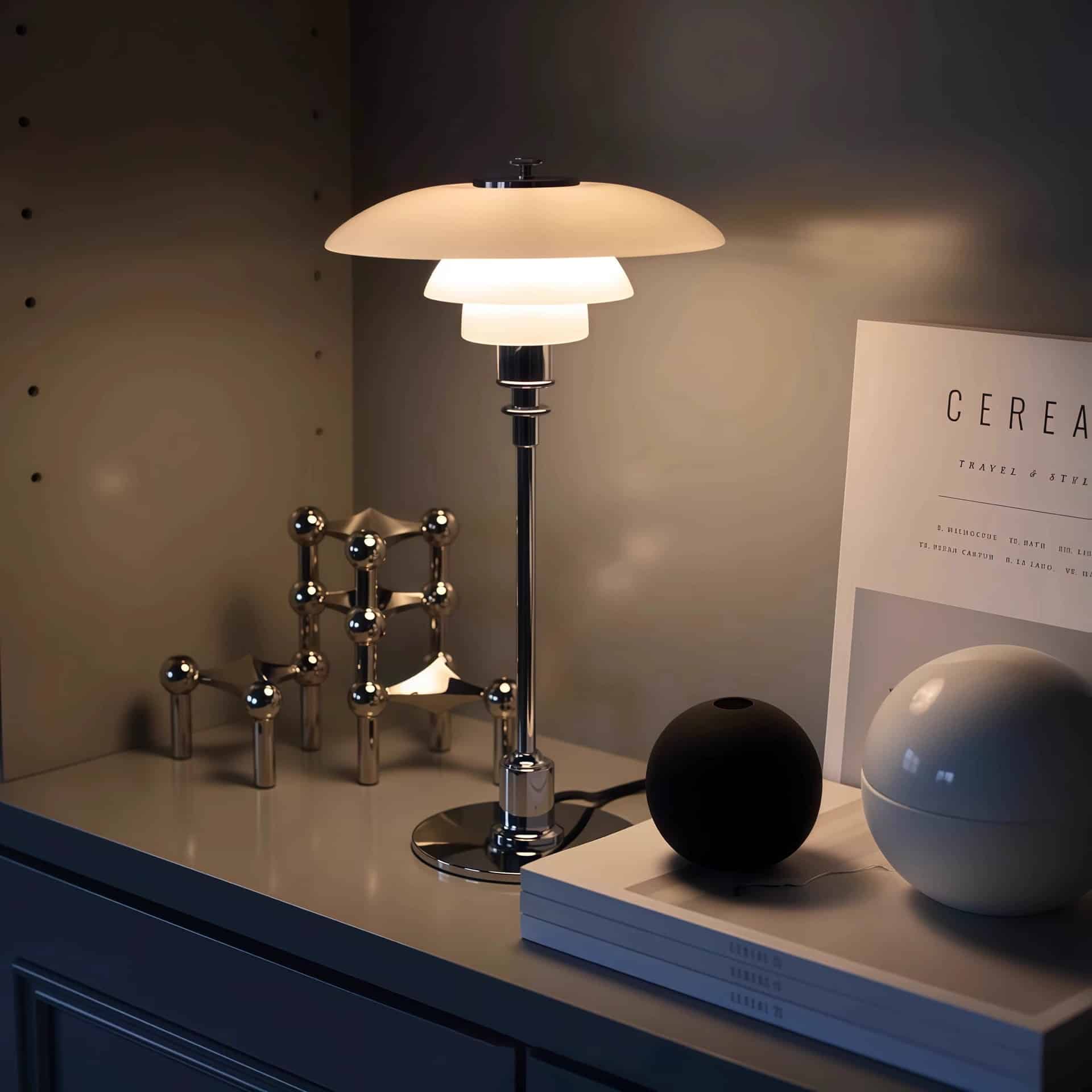Your basket is currently empty!
How to Style a Table Lamp


Table lamps might feel like the forgotten, quiet understudies of room décor, but done well, they become a real statement piece in your home. Lamps offer ambient glow, character, scale and personality, not just functionality. Whether you’re resting on a sofa, reading in an armchair or styling a console behind your couch, let’s make the table lamp work hard for you.
Before you go clicking “add to cart”, let’s cover the basics so you don’t end up with a lamp that feels awkward or out of place or needing to return it straight away.
Put simply (or simply put): just match the height, match surface scale, mind placement. Check those boxes and you’re more than halfway to getting your lamp spot right.



The living room is usually the show-piece space, so your lamp has to hit the right notes: functional, stylish, warm, curated. But you can use this styling approach for a table lamp put in your bedroom or something.
Follow that and your living room lamp will feel purposeful, elegant and part of your space, not just “there”.
Let’s finally talk about layering, because that is important. You’ve heard it: one ceiling light in a bedroom or living room doesn’t cut (its not enough) it if you want ambience, depth, mood. That’s why designers talk about the “5-7 lighting rule”.
Your table or living room floor lamp isn’t the only light, it needs to be immersed across various home accessories.

If you’re down to buy something new (or refresh your existing one), here are styles that are trending so you don’t pick something that feels dated before it’s lives in your home.
Pick something that strikes a balance between what’s trending and what fits your space. Trends fade; good scale and quality last.
Yes, we’re doing weird, sooo weird. But in a good way, of course. There’s a growing movement in 2025 where table lamps get quirky, sculptural—even deliberately odd—to become the star of the show rather than fade into the background.
So if you’re in the mood to make the lamp not just a lamp, keep the weird intentional.
Let’s zoom in on the small touches that make your table lamp feel deliberate rather than “just switched on”.
Don’t forget the wiring. A stunning lamp is still a bit of a let-down if the cord is draped across the floor or the switch is tucked behind the sofa. Aim for a lamp that’s accessible, comfortable to use, and won’t make you trip over it in the dark.
Mind the bulb temperature. Use a warm-white bulb (think 2700K-3000K) so the light feels snug and welcoming, rather than harsh and “office-style”. Overhead lights often feel cold; your table lamp should feel friendly and you-centric.
Let the lamp talk to nearby decor. If you’ve got a brass photo frame or a wood-toned coffee table, pick a lamp base that picks up one of those materials. It doesn’t have to match exactly — contrast can be good — but the lamp should feel like it belongs, not like an import from another planet.
Give it breathing room. Don’t cluster the lamp with too many accessories. One good lamp + one small object (book, plant, trinket) = more chic than “lamp buried under a stack of stuff”. Negative space around the lamp helps it shine (literally and figuratively).
Think about how you live. Is the lamp going to be used while you sit reading, chatting, or only for ambience? If it’s for reading, ensure the shade height and base position allow you to keep your book visible without shadowing it. If it’s ambient, maybe dimming or soft glow matters more than full brightness.